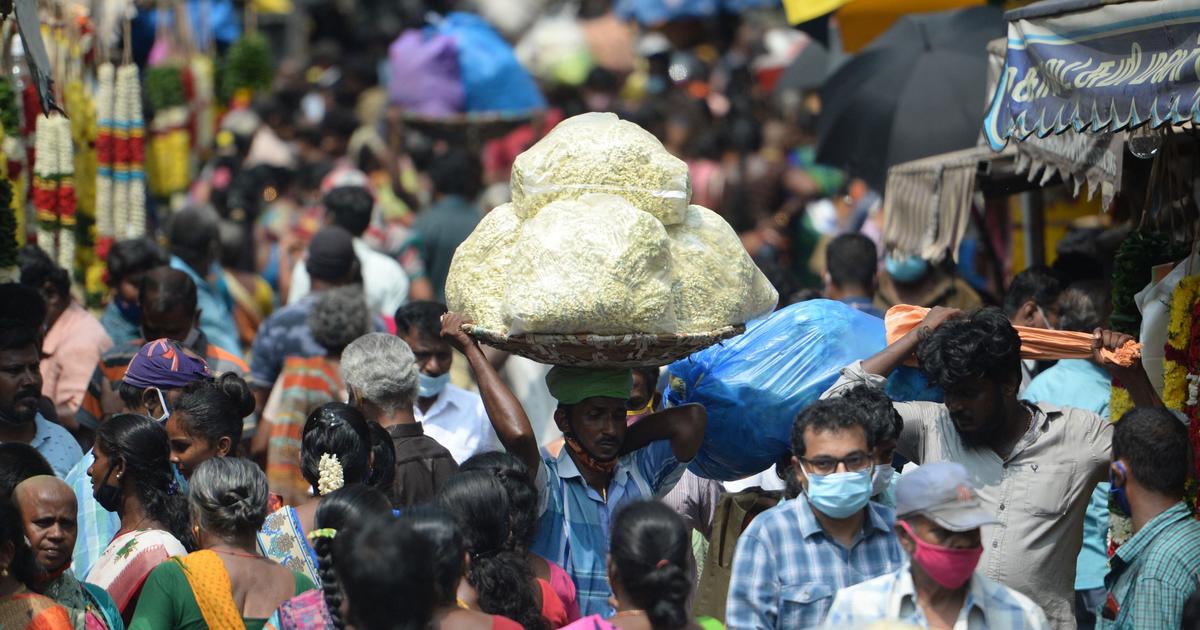How stigma makes mental health a ghost in India’s public conscious

On Friday, which is being observed as World Mental Health Day, I will start a solo motorcycle journey from Delhi south to Kerala and then return. Along the way to meet with students, communities, institutions and universities – talking, conducting dialogues, and sharing what I have learned about India’s silent epidemic: mental health disorders. I’m calling this initiative the Ride Beyond the Stigma.
In 2017, The Lancet estimated that nearly 197 million Indians had mental disorders, of whom over 45 million had depressive disorders. More recent studies estimate that 10.5% of Indians have diagnosable mental illness, and alarmingly, 84.5% of them get no formal treatment – a treatment gap of over 100 million people.
People with severe mental illnesses die 10 to 20 years earlier than those without, says the World Health Organization. But even as the global community establishes frameworks and awareness campaigns, India is at a point where silence, stigma and neglect stand in the way of effective change.
A nation in distress
In India, the burden is humongous. The National Mental Health Survey in 2015-’16 suggested that common mental disorders have a treatment gap of more than 85%.
Student suicides have skyrocketed: data from the National Crime Recrods Bureau shows a 65% rise over ten years, outpacing overall rise in suicide rates. A recent multi-city research...
Read more
News